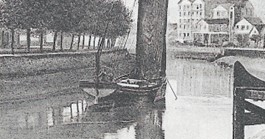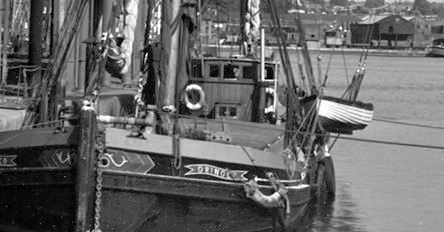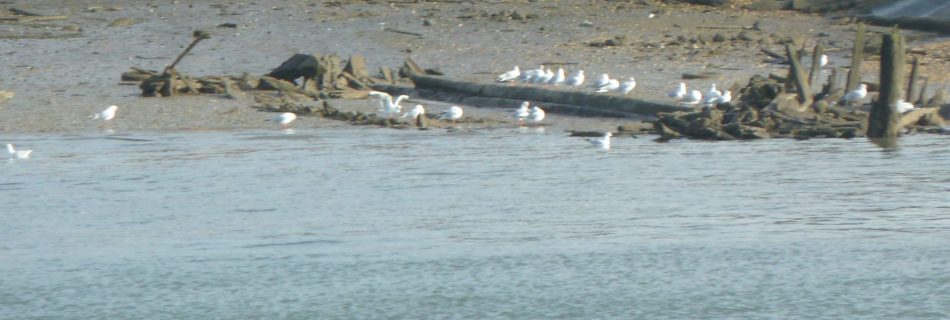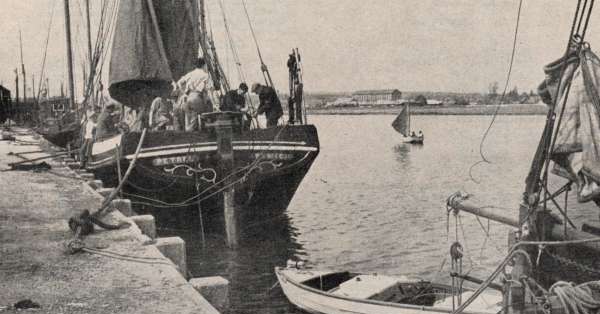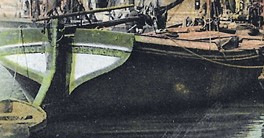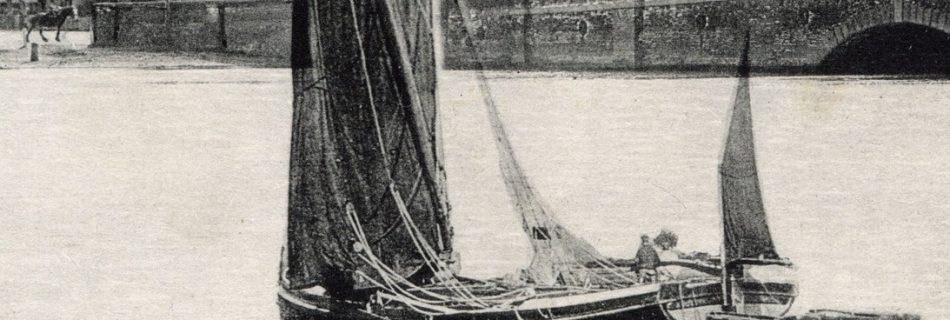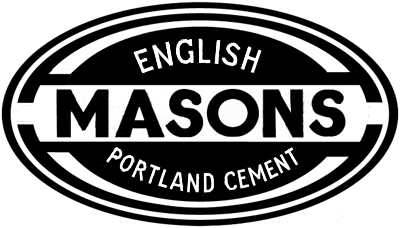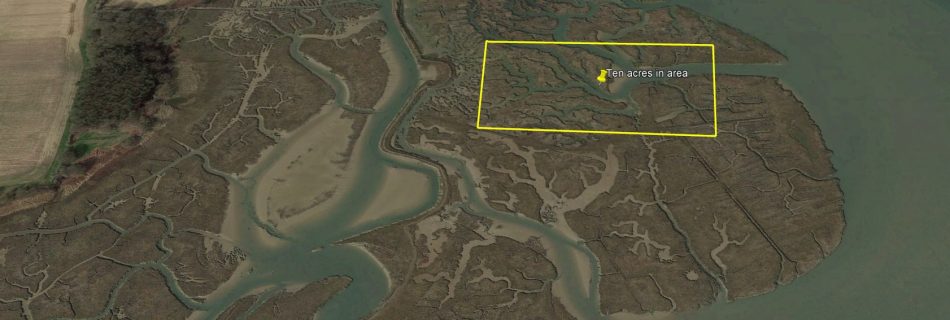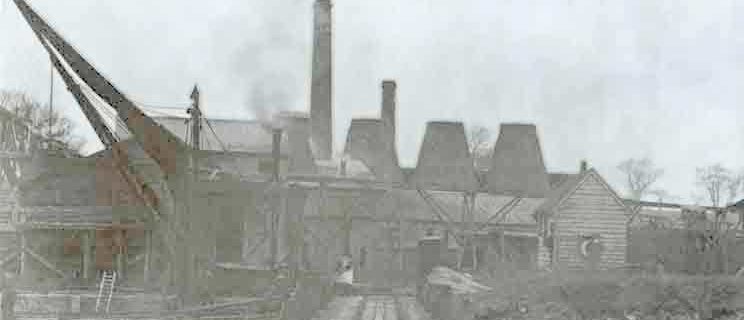From Deptford to the Deben by barge
For literary reasons, we will take our imaginary trip in 1881. It is mid-November and fortunately the weather is set fair; this has been a year of dramatic weather extremes. Repairs have been made from the Great Storm of a few weeks ago; thankfully we were on a sheltered berth at the time. We are …
